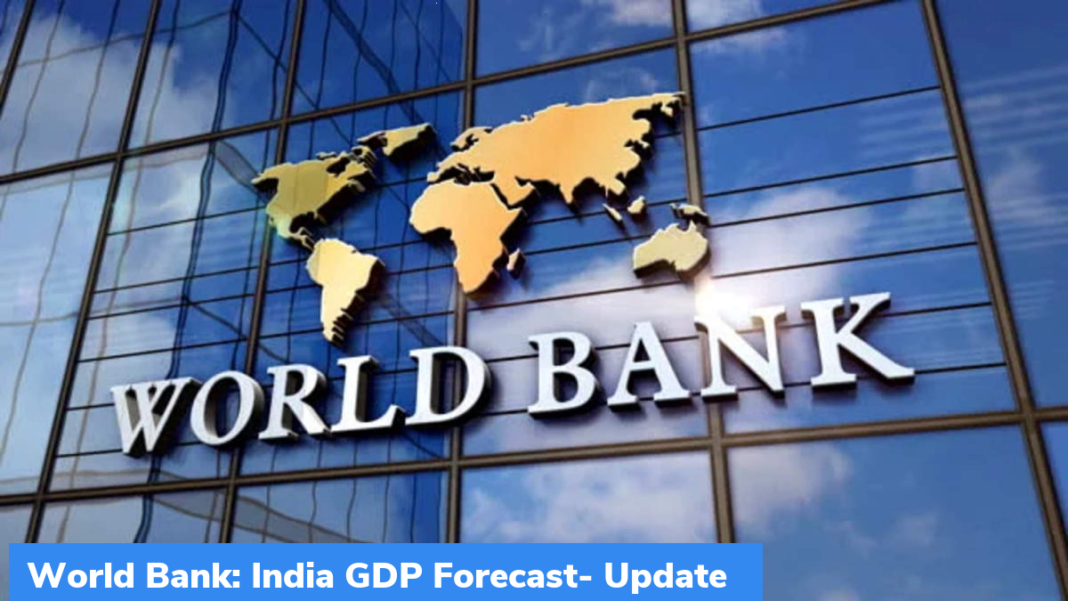The report titled: Recipe for a Livable Planet: Achieving Net Zero Emissions in the Agro-food System it indicates that 80 per cent of the mitigation potential for agriculture in India could be achieved by espousing cost-saving measures alone-world bank update
Understanding the Scope of the Challenge
In a recent report, the World Bank has indicated that a staggering $260 billion investment is required to effectively halve agrifood emissions in India. This ambitious goal highlights the urgent need for significant financial resources to combat the environmental impact of agricultural activities in the country. The report, Recipe for a Livable Planet: Achieving Net Zero Emissions in the Agrifood System, outlined actions that every country can take to make food supplies more secure, help the food system better withstand climate change and protect vulnerable people during this transition. These actions include the investments required to carve up agro-food(agrifood) emissions to reach Net Zero goals. Found AIRRNEWS while talking to matter experts.-world bank update
Tackling Emissions in the Agriculture Sector
The agricultural sector in India is a significant contributor to greenhouse gas emissions, with practices such as fertilizer use, crop burning, and livestock production accounting for a substantial portion of the country’s overall emissions. Addressing these sources of pollution is crucial in the fight against climate change and its adverse effects on the environment.
The Role of Sustainable Practices
Implementing sustainable agricultural practices is key to reducing agrofood emissions in India. By adopting technologies such as precision farming, organic agriculture, and agroforestry, farmers can minimize their environmental footprint while maintaining productivity and profitability. Told the expert to AIRRNEWS.
The Importance of Financial Investment
The World Bank’s estimate of $260 billion underscores the scale of investment needed to transition to a more sustainable agrifood system in India. This funding would support the adoption of climate-smart technologies, the development of green infrastructure, and the promotion of sustainable land management practices across the country. As per AIRRNEWS study of report finds.
India Marching ahead of China
In contrast to many other crops, the emission intensity of India’s rice production is among the lowest in the world(keeping in mind the importance of India in global premium quality rice production) , emitting less than one kilogramme (kg) of carbon dioxide equivalent per kg of rice produced. However, “emissions from this subsector are nevertheless considerable (4 per cent), since India is the second-largest rice producer globally, after China”. Post corona era, it is a moral boosting news for Indian farmers fins AIRREWS.
Collaborative Efforts for a Greener Future
Achieving significant reductions in agrifood emissions will require collaboration between government agencies, agricultural stakeholders, financial institutions, and international organizations. By working together towards a common goal, we can create a more sustainable and resilient food system that benefits both people and the planet.
A Call to Action
The World Bank’s call for a $260 billion investment to halve agrifood emissions in India serves as a stark reminder of the challenges we face in combating climate change. By prioritizing sustainable practices, increasing financial support, and fostering collaboration, we can pave the way for a greener and more sustainable future for agriculture in India. It is time for decisive action to address agrifood emissions and ensure a healthy environment for future generations. For a holistic view of such global reports stay tuned with AIRRNEWS.
1. #WorldBankIndia
2. #AgrifoodEmissions
3. #ClimateActionIndia
4. #SustainableAgriculture
5. #GreenIndia
6. #EmissionsReduction
7. #AgriculturalDevelopment
8. #ClimateChangeMitigation
9. #EnvironmentalProtection
10. #GlobalDevelopmentGoals
11. #India
12. #WorldBank
13. #SDG
14. #SolarEnergy
15.#ClimateChange
Questions:
- Why India is better than China as per the study?
- How Indian farmers would achieve the goals?
- Will any global agency give unconditional financial assistance ?
- Why such report don’t focus on developed nations?
- How much do you think can US or Ukraine an save with the same measures?




